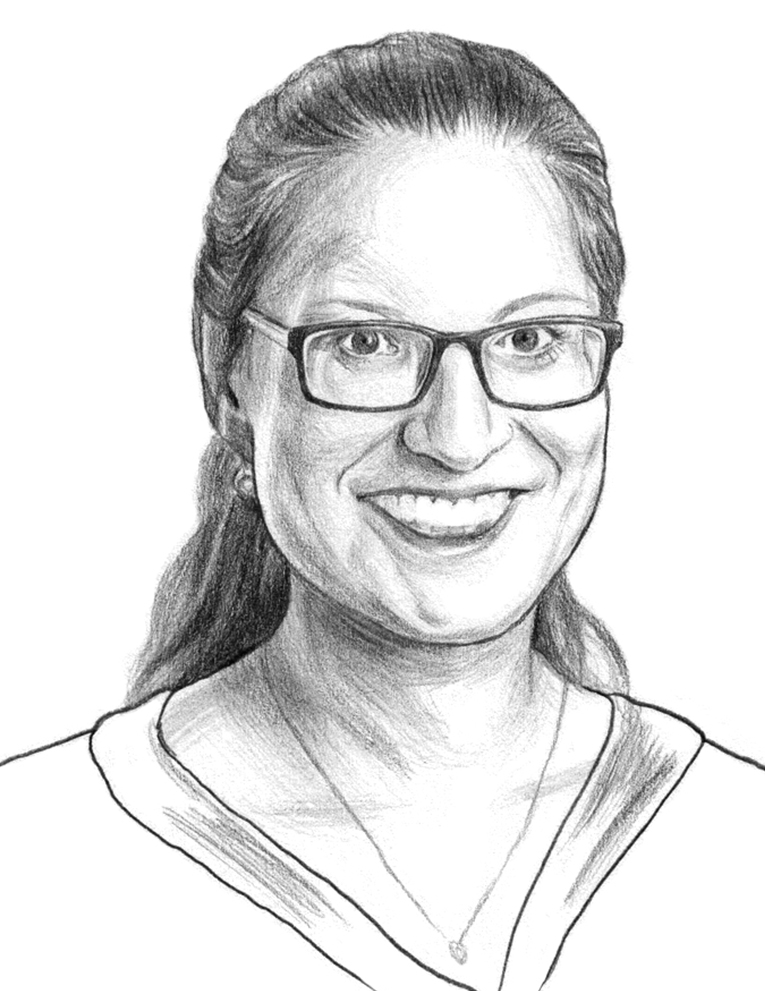Filling Gaps in Rural Health Care
McCoy tapped paramedics to get care to more people.

Illustration by Peter James Field
Rozalina Grubina McCoy ’09 has lived in some of the densest urban centers in the United States.
After her family moved from Latvia to Brooklyn, New York, when she was 10, she earned her undergraduate degree at Harvard before moving to Baltimore for medical school.
She didn’t appreciate the full extent of the health care challenges experienced by rural populations until she began her internal medicine residency at Mayo Clinic in 2009. There she saw that people living in rural areas and small towns — many an hour or more from the Rochester, Minnesota, medical center — had limited access to specialists, emergency departments, urgent care centers and even primary care clinicians, she says.
To address the problem, McCoy created the Mayo Clinic Ambulance Community Paramedic Service, for which she won a Minnesota Rural Health Hero Award in 2022. The service trains paramedics to provide health care in remote areas, particularly to people facing barriers including poverty, lack of insurance or houselessness.
The community paramedics in the program perform home safety checks, treat wounds, help with and administer medications, deliver education, assist with financial barriers to care, and assess for depression and other conditions warranting the attention of medical specialists.
The idea grew out of McCoy’s clinical and research work in diabetes. As she moved from residency to fellowship to faculty at Mayo, patients would sometimes tell her they’d gone into hypoglycemic shock, called an ambulance and received an IV infusion of dextrose that quickly restored them to health.
“What struck me was that the paramedics go into the community, deliver a really wide range of services — not just emergency care — and people trust them,” McCoy says. “It clicked with me that they are how we can get care to more people.”
After 14 years with Mayo, McCoy returned to Maryland in August 2023 to direct the Precision Medicine and Population Health Program for the University of Maryland Institute for Health Computing.
She still mentors the Minnesota program and hopes to bring a similar concept to Maryland’s rural counties and maybe to Baltimore.
